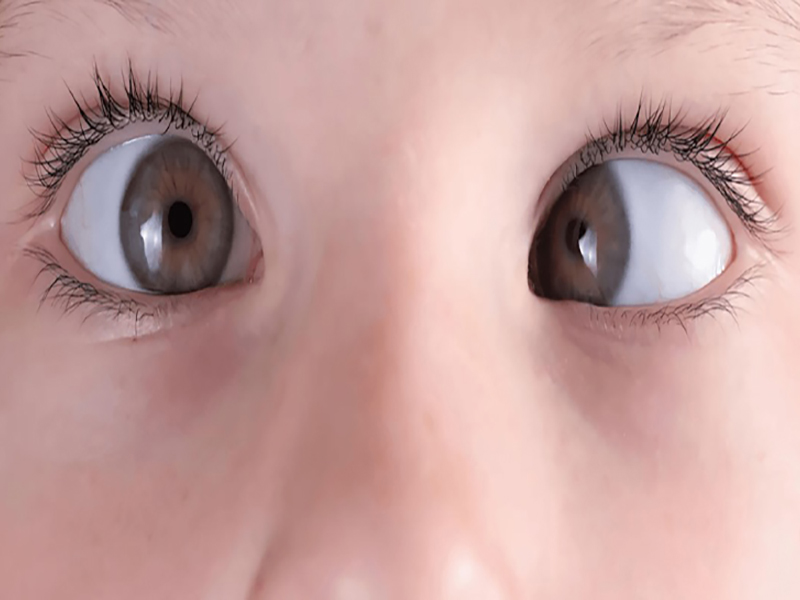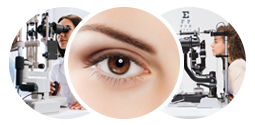




Strabismus, commonly known as squint eye, refers to the misalignment of the eyes, where one or both eyes are not properly straight. This condition can affect the eyes' ability to focus together and can lead to various vision problems if left untreated.
Approximately 4-5% of the population is affected by squint eyes, making it a relatively common condition.
Yes, if left untreated in early childhood, squint can lead to amblyopia or permanent vision loss in the affected eye. Early intervention is critical to prevent these outcomes.
Strabismus can run in families, suggesting a genetic component. Other causes include refractive errors (like farsightedness or nearsightedness), abnormalities in the eye muscles or nerves, or underlying health conditions such as cataracts or tumors, which may affect vision.
Strabismus can be categorized based on the direction in which the eye turns:
It’s important to check a child’s eyes at any age if there is concern about misalignment. Any visible misalignment beyond 3 months of age is abnormal and should be examined by a specialist. It’s recommended that children be assessed by a squint specialist for a comprehensive eye exam, including refraction and internal eye examination. Squints should be treated as early as possible—preferably before the age of 2, and definitely before 8 years old, to avoid long-term vision problems.
Yes. All newborns should have their eyes checked shortly after birth to identify any potential issues, such as cataracts or lack of visual response. All children should have their vision tested by age 3.5 to 4.5 years to detect treatable conditions like strabismus, amblyopia, or the need for corrective lenses.
Certain factors increase the likelihood of strabismus or amblyopia in children, including:
If any of these apply, it's important to have your child’s eyes examined by a pediatric ophthalmologist at age 1 and again at age 3.
The main goal of treatment is to ensure that your child has good vision in both eyes, along with functional binocular (3D) vision. Treatment will depend on the type and severity of the squint, but may include:
When treatment begins early, the results can be excellent, especially for conditions like amblyopia. However, the earlier the intervention, the better the outcome, so it’s important to seek treatment as soon as possible to prevent permanent vision loss.
Squint surgery only addresses the alignment of the eyes, not refractive issues like nearsightedness or farsightedness. Therefore, children will likely still need glasses to correct any remaining vision problems after surgery.
Yes, certain forms of strabismus can lead to eye strain and headaches, particularly after activities that require prolonged focus, such as reading or working on a computer. In such cases, exercises or surgery may be recommended to relieve symptoms.
Squinting is not a sign of luck—it is a vision problem that can lead to poor eyesight or even blindness if not treated. Early treatment is essential to restore normal vision and prevent long-term complications. If your child has a squint, it's crucial to consult a pediatric ophthalmologist without delay. Early intervention can help your child develop near-normal vision.

We offer advanced treatments, expert consultations, and state-of-the-art technology to ensure your vision stays sharp and healthy. Book an appointment today and take the first step toward better eye health.